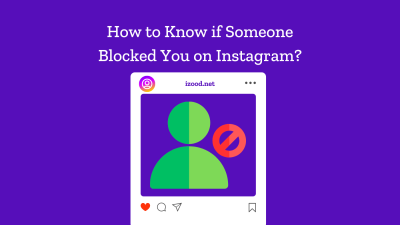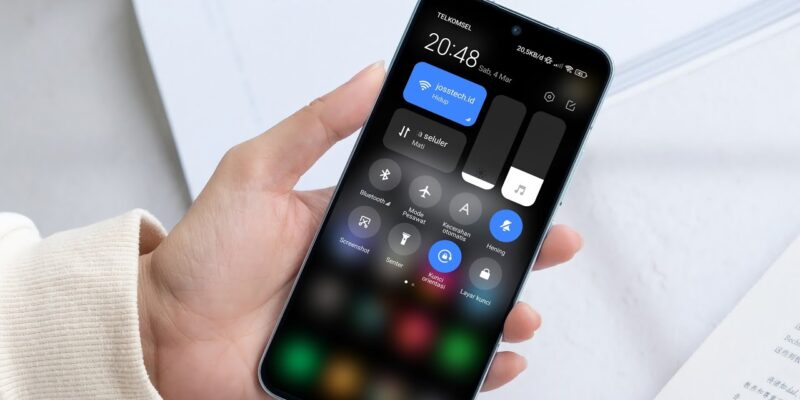
Android devices are renowned for their versatility and user-friendly interface. However, like any technology, they’re not immune to issues. One common problem that users may encounter is the “System UI Not Responding” error. This error can disrupt the smooth operation of your device and hinder your user experience. But don’t worry, there are several ways to tackle this issue. In this guide, we will explore eight different methods to fix the “System UI Is Not Responding” error on Android devices, ensuring that you can continue to enjoy a seamless Android experience.
What Is System UI on Android?
System UI is a fundamental component of the Android operating system that manages the user interface. It controls the system’s graphical elements that you interact with, such as the status bar, notifications, and navigation buttons. Here’s a brief overview of its main components:
- Status Bar: This is the strip at the top of your screen that displays information like time, battery level, and signal strength.
- Navigation Bar: This is located at the bottom of your screen and contains buttons that help you navigate through your device, such as the ‘Home’, ‘Back’, and ‘Recent Apps’ buttons.
- Notifications: System UI manages the way notifications are displayed and interacted with. This includes the notification shade that you pull down from the top of your screen.
- Quick Settings: When you pull down the notification shade, you’ll see a panel of quick settings that System UI controls. These are shortcuts to important settings like Wi-Fi and Bluetooth.
In essence, System UI plays a crucial role in ensuring a smooth and user-friendly experience on your Android device. It’s like the conductor of an orchestra, coordinating various elements of the user interface to create a harmonious user experience. If you encounter issues with System UI, there are several troubleshooting steps you can take, but these should be done with caution and understanding of the potential impacts. If problems persist, it may be best to seek professional help.
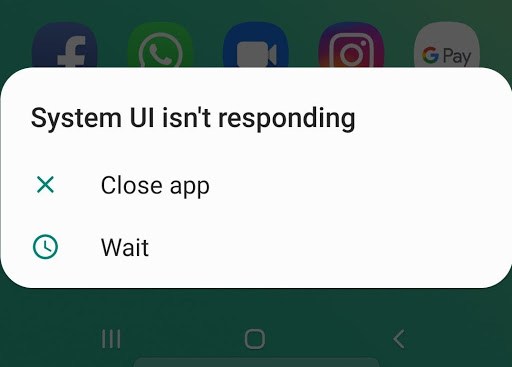
8 Fixes for “System UI Is Not Responding”
This error usually occurs on Android devices and can be caused by various factors such as system updates, app updates, or software bugs. It’s always a good idea to back up your data regularly to prevent data loss. If none of these solutions work, you may want to consider contacting your device’s manufacturer or a professional for further assistance. Here are eight potential solutions:
Restart Your Device
The simplest and often most effective solution is to restart your device. This can clear temporary files and close apps that may be causing the issue.
- Press and hold the power button on your device.
- Select ‘Restart’ from the menu that appears.
- Wait for your device to restart and check if the issue persists.
Update Your Device
Keeping your device updated can fix bugs that may be causing the issue.
- Go to ‘Settings’ on your device.
- Scroll down and tap ‘System’.
- Tap ‘Advanced’.
- Tap ‘System update’.
- If an update is available, tap ‘Download and Install’.

Clear Cache
Clearing the cache of the System UI can often resolve this issue.
- Go to ‘Settings’.
- Tap ‘Apps & notifications’.
- Tap ‘See all apps’.
- Scroll down and tap ‘System UI’.
- Tap ‘Storage & cache’.
- Tap ‘Clear Cache’.
Check for App Updates
Outdated apps can sometimes cause issues with the System UI.
- Open the Google Play Store app.
- Tap the menu icon, then tap ‘My apps & games’.
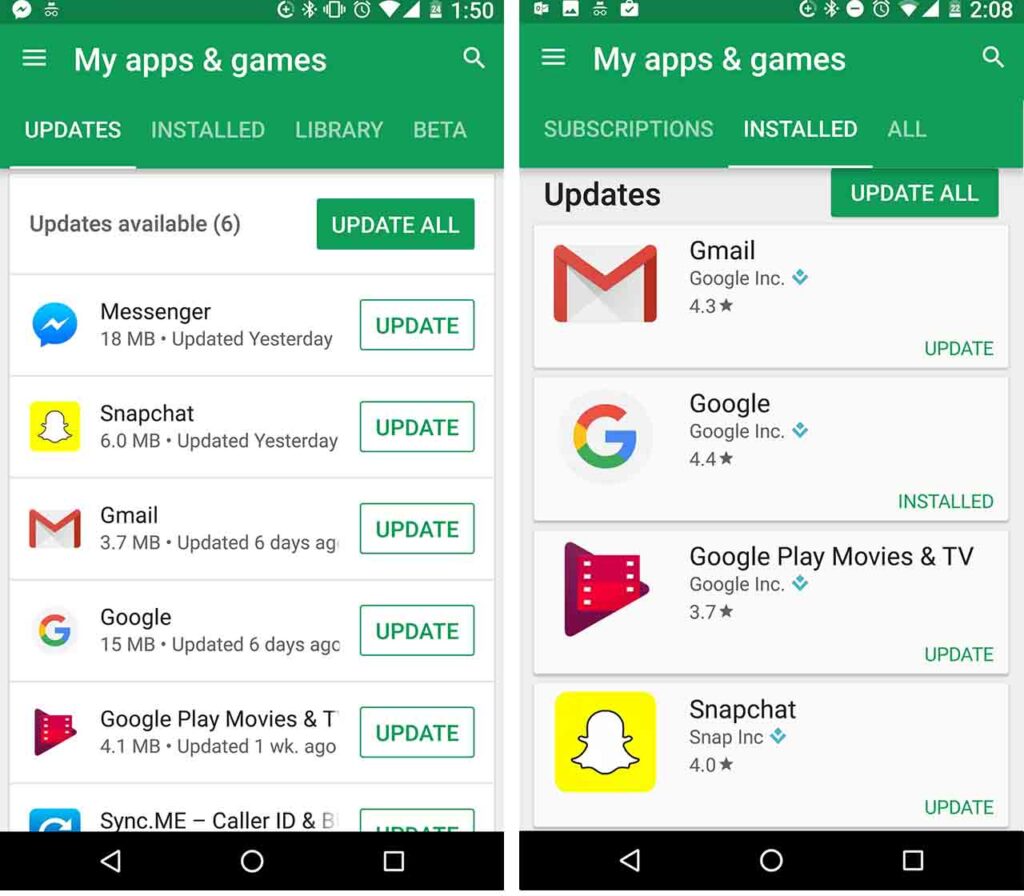
- Apps with an update available are labeled ‘Update’.
- Tap ‘Update All’ to update all apps.
Safe Mode
Safe mode allows you to turn on the device with third-party apps disabled. Then you can easily uninstall apps that may be causing a conflict or software problem.
- Press and hold the power button.
- Tap and hold ‘Power off’.
- When the ‘Reboot to safe mode’ prompt appears, tap ‘OK’.
- Your device will then restart in safe mode.
Factory Reset
A factory reset should be your last resort as it will delete all data on your device. Make sure to back up any important files before proceeding.
- Go to ‘Settings’.
- Scroll down and tap ‘System’.
- Tap ‘Reset’.
- Tap ‘Factory data reset’.
- Tap ‘Reset phone’ at the bottom.
- Enter your PIN, pattern, or password if prompted.
- To erase all data and reset your device, tap ‘Erase everything’.
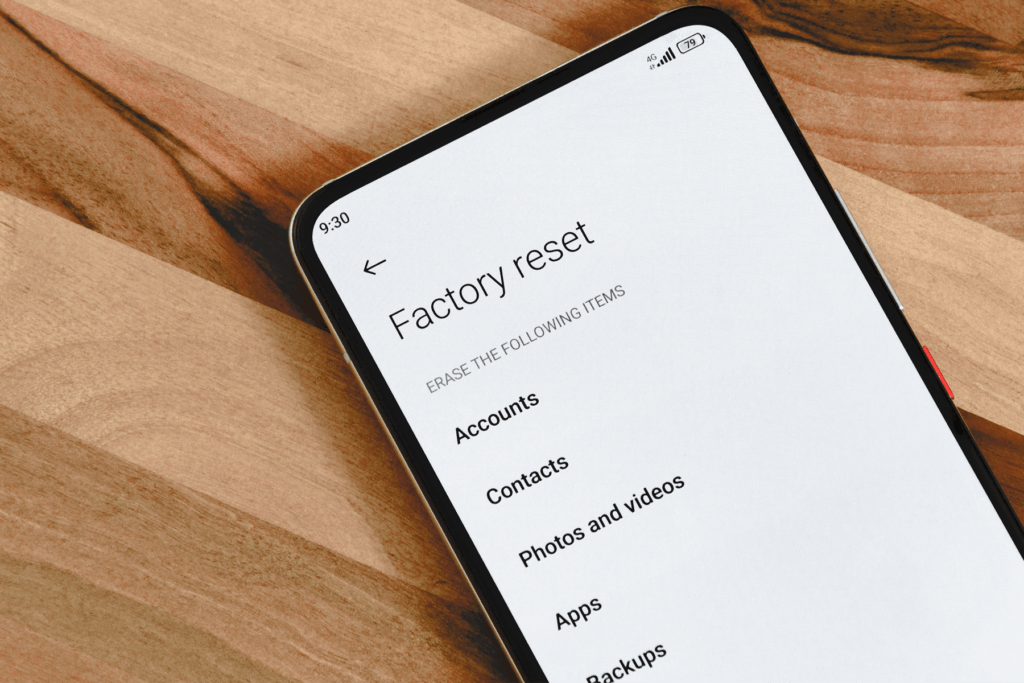
Check for Android System WebView Updates
Android System WebView is a system component that can be updated to fix bugs.
- Open the Google Play Store app.
- Search for ‘Android System WebView’.
- If an update is available, tap ‘Update’.
Uninstall Recent Apps
If the issue started after installing a new app, the app might be causing the issue.
- Go to ‘Settings’.
- Tap ‘Apps & notifications’.
- Tap the app you want to uninstall.
- Tap ‘Uninstall’.
- Tap ‘OK’ to confirm.
How to Prevent System UI Isn’t Responding Errors in Android?
Here are some preventive measures, to try to stay away from the “system UI not responding” error. For sure, none of these are guaranteed to stop this error forever, but these methods will surely reduce the chance of getting this error.
- Keep Your Device Updated: Regularly updating your device ensures that you have the latest security patches and bug fixes.
- Update Your Apps: Outdated apps can sometimes cause issues with System UI. Make sure all your apps are up to date.
- Regularly Clear Cache Over time: Your device accumulates cache data which can sometimes cause issues. Clearing it regularly can help prevent these.
- Avoid Downloading from Unknown Sources: Downloading apps from unknown sources can lead to malware and other issues. Always download apps from trusted sources like Google Play Store.
- Regularly Restart Your Device: Restarting your device can clear temporary files and close apps running in the background that may be causing issues.
- Use Safe Mode: to Troubleshoot If you’re frequently encountering issues with System UI, boot your device in safe mode to see if a third-party app is causing the problem.
- Factory Reset: as Last Resort If none of the above work, and you’re still experiencing issues, you might need to perform a factory reset. This will delete all data on your device, so make sure to back up your data first.
Also Read: “Apphub Requests Are Processing“
Conclusion
The “System UI is Not Responding” error on Android can be a frustrating issue, but there are several methods available to address it. These include restarting your device, updating your system software, clearing the cache, updating your apps, booting in safe mode, performing a factory reset, checking for Android System WebView updates, and uninstalling recent apps. Each method has its own steps and considerations, and it’s important to understand the potential impacts before proceeding. Regular maintenance of your device, such as keeping your apps and system software up to date, can also help prevent this error. If the issue persists, don’t hesitate to seek professional help. Remember, a smooth and responsive user interface is key to a great Android experience.
FAQ
- Can I continue using my device when the “System UI isn’t responding” error appears?
Yes, you can continue using your device when the “System UI isn’t responding” error appears, but your experience may be affected. This error means that the user interface, which controls elements like the home screen, navigation buttons, and notifications, has stopped responding or is running slowly. When this error occurs, you’ll usually see a dialog box with the options to “Wait”, “Close app”, or “Send feedback”.
- Is there any risk of data loss or damage when the “System UI isn’t responding” error appears?
Typically, the “System UI isn’t responding” error itself does not directly lead to data loss or damage. This error usually indicates that the System UI, which controls the user interface elements on your Android device, has stopped responding or is running slowly. However, if this error is frequently occurring and you’re forced to restart your device or perform a force stop of the System UI, there’s a small chance that unsaved data in open apps could be lost. For example, if you were in the middle of writing an email or editing a document and hadn’t saved your changes, those could potentially be lost if the app is closed unexpectedly.
Moreover, if the error is a symptom of a more serious issue, such as a failing component or severe software problem, there could potentially be a risk of data loss or damage. To mitigate these risks, it’s a good practice to regularly back up your data and ensure that your device’s software is up to date.









